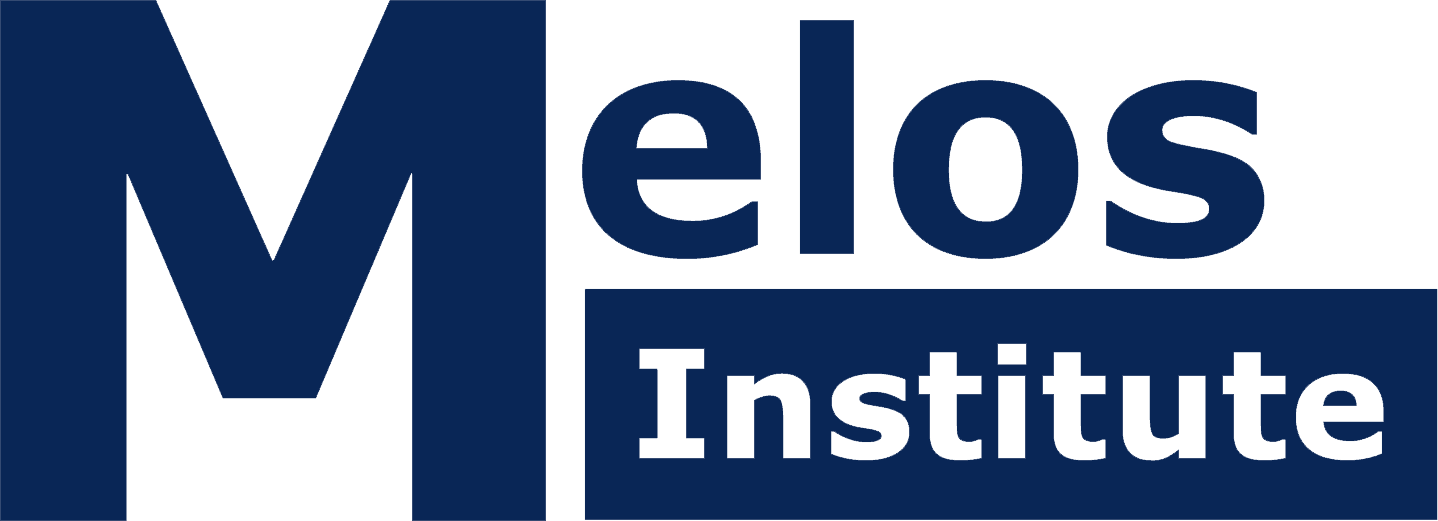Have you ever stopped to consider just how your members’ greatest professional challenge is remarkably similar to yours?
What your members yearn for most, much like you do as an association management professional, is to gain the respect and legitimacy for their chosen profession, trade, or personal avocation…not just from the larger society, but also from others within their practice settings.
Does that desired outcome sound at all familiar?
Interestingly, this desire has always been the driving force prompting practitioners to establish these organizations. They knew that wasn’t enough. They also needed to establish their respective bodies of knowledge.
How do we know this?
In the early 2000s, James R. Hudson, Ph.D., a sociological scholar, became fascinated with associations representing these practice settings. So much so that he chose to study their emergence, formation, development, and operations; ultimately reading and analyzing over 400 of their published histories. He discovered that they followed the same developmental patterns; from the emergence of the practice settings to the formalization of their institutions.
This meant that they could be studied collectively; something some had suggested was impossible.
He analyzed the totality of their efforts and the related consequences. Based on the founders’ written intentions, he found that their desire was for these organizations to serve as the architects and arbiters of the bodies of knowledge for their practice settings. As a result, he became convinced that these institutions, individually and collectively, played a critical role in shaping America.
When describing their impact, he would say, “Everything you see, touch, smell, feel, or hear has been influenced in some way by an association.”
This revelation provided new insights about associations, their members, and the professional staff that serve them; challenging many longstanding assumptions in the association management literature.
He was puzzled, despite their apparent ubiquity in our society, why so few Americans recognized their existence. Further, he was stunned that fellow scholars failed to recognize their distinctive nature; or seek to study them independently from other nonprofits. He chronicled his findings and conclusions in Special Interest Society: How Membership-based Organizations Shape America.
He invited me to join him to conduct further research. Of all the insights that emerged, the most profound was that the occupation that emerged to support these organizations – association management – was one of the most complex and consequential in American society. He knew, however, for it to be accepted as a legitimate profession, academic research specific to associations’ existence and operations, had to occur.
But, our efforts to getting scholars interested in these organizations had been unsuccessful. Seeing no conventional pathway available to study associations in this way, we opted to do so on our own.
We began by isolating associations representing professions, trades, and personal avocations as a unique population of organizations. Dr. Hudson defined them as membership-based organizations (MBOs).
Further study led to this discovery:
MBOs differ from for-profit and other nonprofit organizations in their purpose, scope, focus, and goals.
What does this mean?
Simply put, management practices conceptualized for use in for-profit settings were insufficient to deliver desired outcomes within MBOs. They couldn’t because they were fundamentally designed to generate profit. MBOs, based on their founders’ intent, were established to improve and strengthen their members’ competencies; a strategy deemed necessary to advance their practice settings.
At the same time, we recognized that management practices across MBOs could be generalized and, if adapted, could be used in any setting. We tested that assumption; working with MBOs to convert specific management practices from transaction-based to relation-centered. Every time, the adjustments generated better and often more immediate results.
These two findings prompted us to establish the Melos Institute to serve as an applied research and learning center solely dedicated to studying associations representing members’ practice settings.
With others, we began conceptualizing a body of knowledge for association management with a relation-centered dimension. Doing so generated another finding; the role members were playing in these organizations, including their expectations, was being mischaracterized. Members weren’t just a specially-defined group interested in gaining access to programs, products, and services. They were pivotal to their MBOs’ very existence. Members possessed the information, knowledge, and connections that MBOs needed to survive.
Simply put, members developed the very content that they consumed.
Few, if any, other organizations were known to operate in such a symbiotic way. This was another example of how existing management practices both failed to recognize and lacked the necessary processes and practices to support MBOs. It made us wonder what else was being affected; unintentionally being undermined.
That prompted us to examine the impact of some key assumptions like: MBOs should be viewed like businesses and members as customers. We were curious about the degree to which these concepts might be limiting MBOs from delivering meaningful, purposeful, and transformative experiences to their members (findings shared in future articles).
Everything learned thus far has convinced us that conceptualizing and formalizing a body of knowledge with a relation-centered dimension, specific to MBOs and the association management profession, can only benefit these organizations, their members, and the professional staff that support them.
More importantly, we believe it is an essential first step not just for the profession, but also for its professionals to finally gain the recognition, respect, and legitimacy which is so richly deserved.
What might that body of knowledge look like? How might it differ from the existing one? All that will be revealed in future articles.
But first, let’s take a moment in the next article to clarify what MBOs are…and how they contribute to their members’ lives, their respective practice settings, and the larger society.
For more detailed information about this novel research, check out: The Member Engagement Paradox: Overcoming 7 Obstacles to Build and Maintain Thriving Membership Communities.
Patricia A. Hudson, MPsSc is the founder and president of the Melos Institute.

